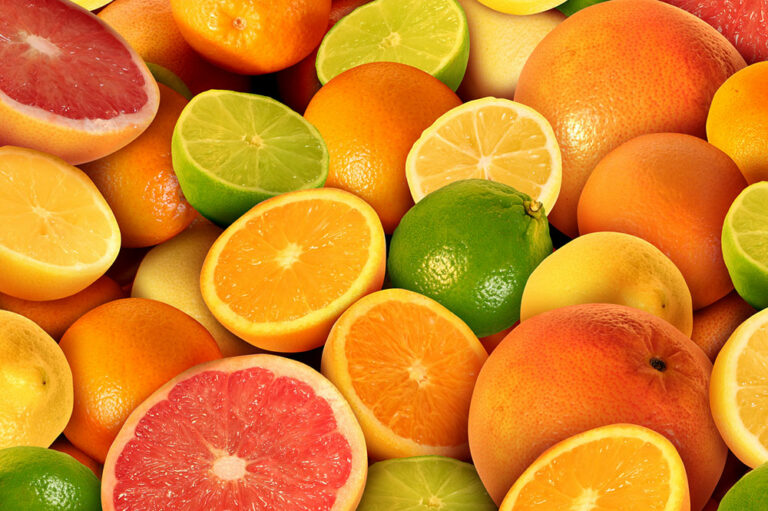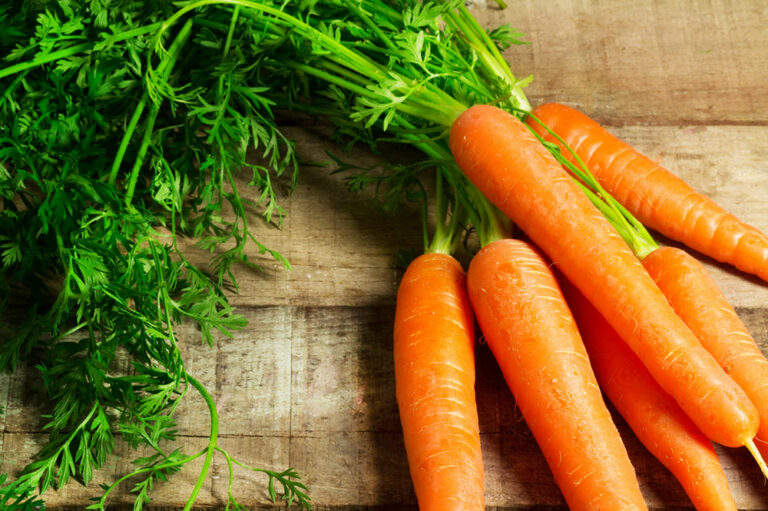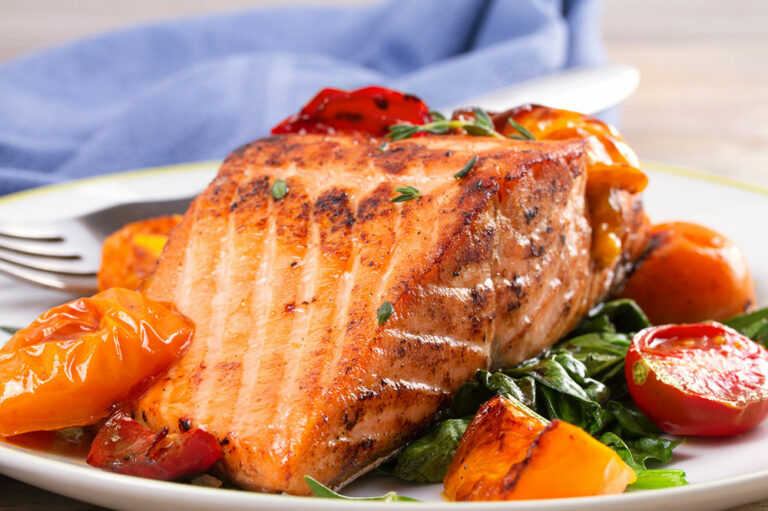
Health
7 things dental insurance does not cover
A health insurance plan helps people save on treatment expenses and avoid financial hardships. However, many health insurance providers exclude dental care from their coverage, making it necessary to buy a separate policy to meet these expenses. But, again, even dental insurance packages do not cover everything, so one must read the terms and conditions before signing up. Here are a few things dental insurance plans usually do not cover. Cosmetic treatments Most dental insurance policies do not cover dental treatments that are administered only to enhance a person’s appearance. Examples of such treatments include teeth whitening procedures, veneers, gum contouring operations, and tooth shaping operations. These procedures aim to improve the overall look of the teeth and are not necessary for maintaining one’s health. Dental insurance providers cover the cost of only those treatments that help control symptoms like oral pain or other serious health conditions. Any expenses linked to cosmetic treatments will likely not be covered, so individuals should speak to their provider before signing up for the procedure. Cost of braces Orthodontic devices like braces are used to straighten one’s teeth and thus improve appearance or facial expression. Like cosmetic treatments, they are not considered necessary. As a result, most dental insurance plans do not cover the cost of purchasing or fitting orthodontic devices.
Read More 





